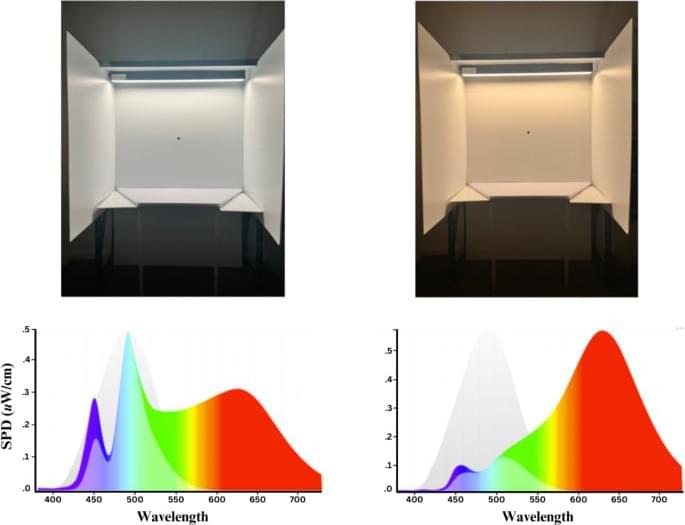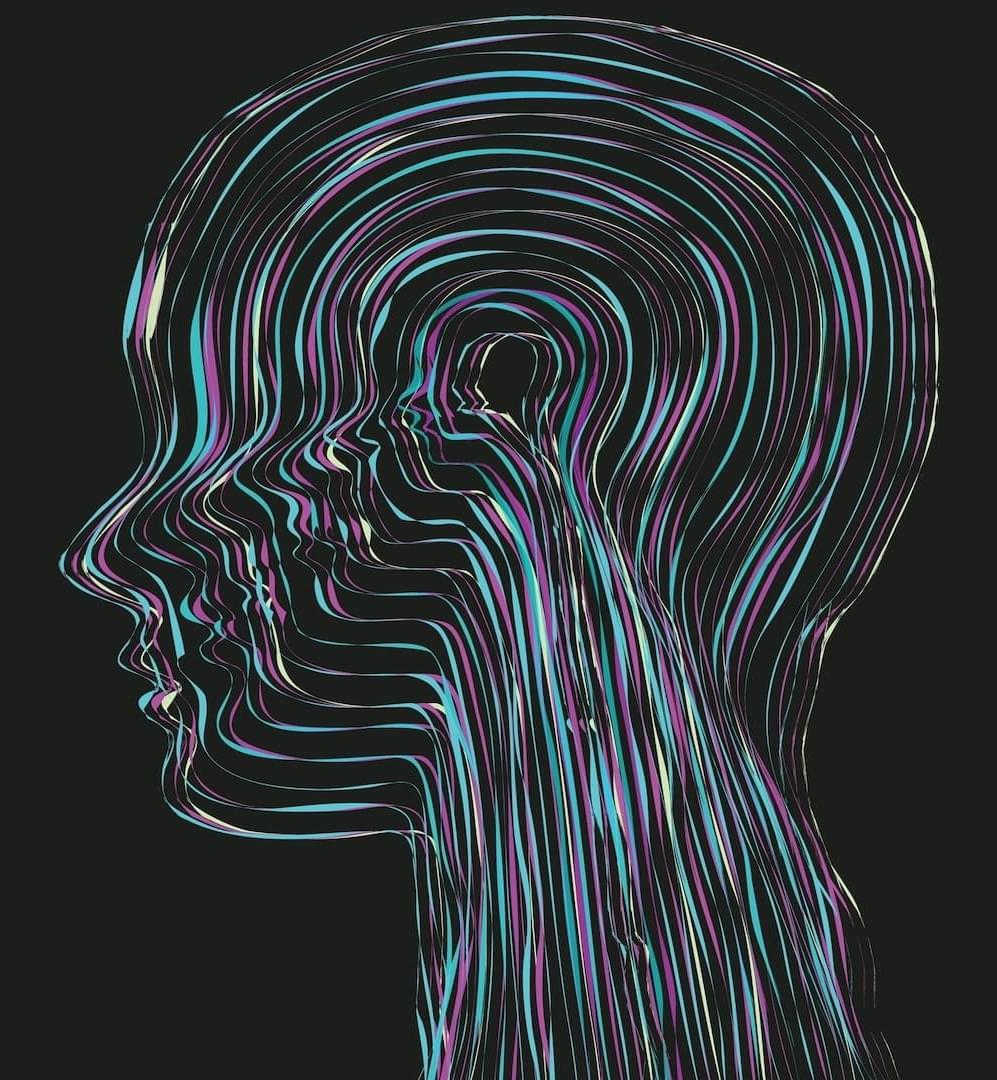Scientific Reports volume 15, Article number: 13,051 (2025) Cite this article.


Scientific Reports volume 15, Article number: 13,051 (2025) Cite this article.



Early brain development is a biological black box. While scientists have devised multiple ways to record electrical signals in adult brains, these techniques don’t work for embryos.
A team at Harvard has now managed to peek into the box—at least when it comes to amphibians and rodents. They developed an electrical array using a flexible, tofu-like material that seamlessly embeds into the early developing brain. As the brain grows, the implant stretches and shifts, continuously recording individual neurons without harming the embryo.
“There is just no ability currently to measure neural activity during early neural development. Our technology will really enable an uncharted area,” said study author Jia Liu in a press release.
Apple has teamed up with the neurotech firm, developing a brain implant that allows users to operate digital devices by thinking.

A drug used to treat insomnia has protected mice against the buildup of the tau protein found to clump abnormally in neurodegenerative diseases like Alzheimer’s. This could lead to new ways to help slow the progress of these diseases.
An increasing number of people are facing cognitive decline personally or in their loved ones. There are almost 10 million new cases of dementia globally each year, and despite decades of research, there are still few treatment options that provide clear benefits.
So due to the links between Alzheimer’s and poor sleep, Washington University neurologist Samira Parhizkar and colleagues investigated a central nervous system depressant, lemborexant, that was approved for use as a sleep aid by the FDA in December 2019.

Whether you are solving a puzzle, navigating a shopping center or writing an email, how well you do will not only depend on the task at hand but also on your internal cognitive state. In a new study published in Nature Communications, researchers at the Ernst Strüngmann Institute in Frankfurt have now shown that such cognitive states can be identified from facial expressions—and can even be used to accurately predict how quickly and successfully a task will be solved.
What’s more, this works across species—more specifically, macaques and mice. In both species, facial expressions not only express emotional states, but also latent cognitive processes in a measurable way.


